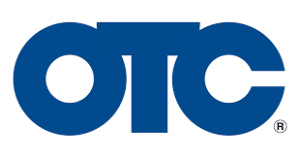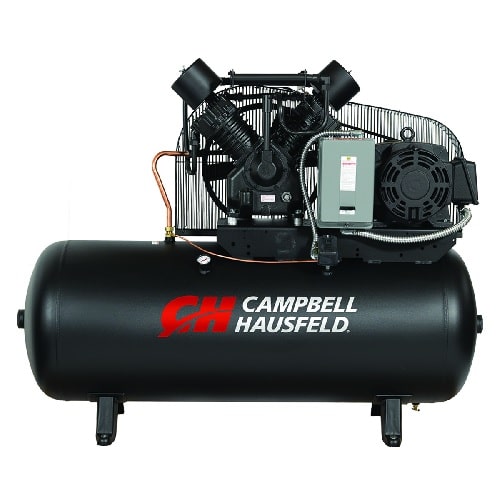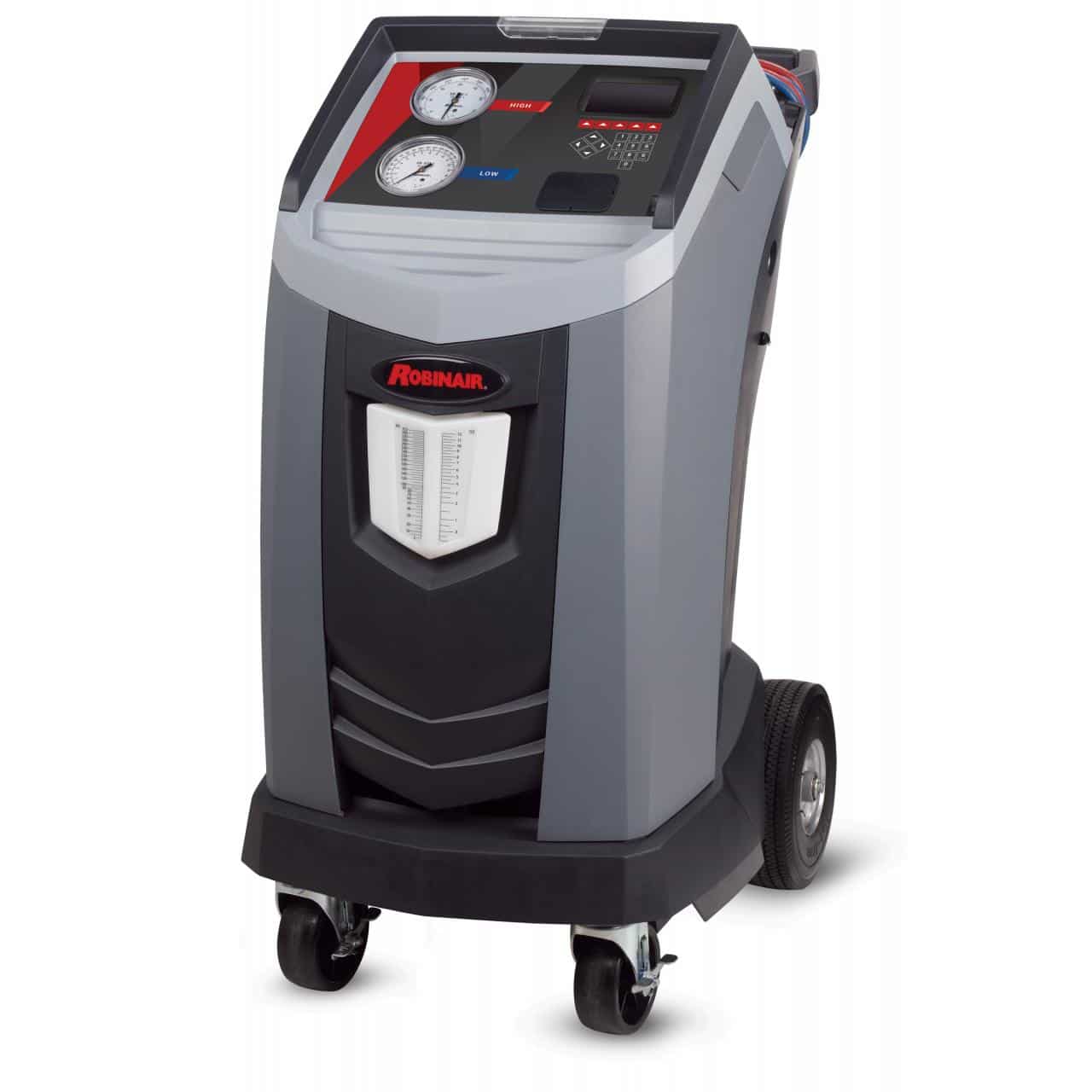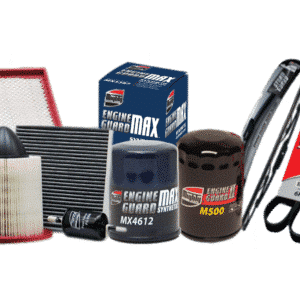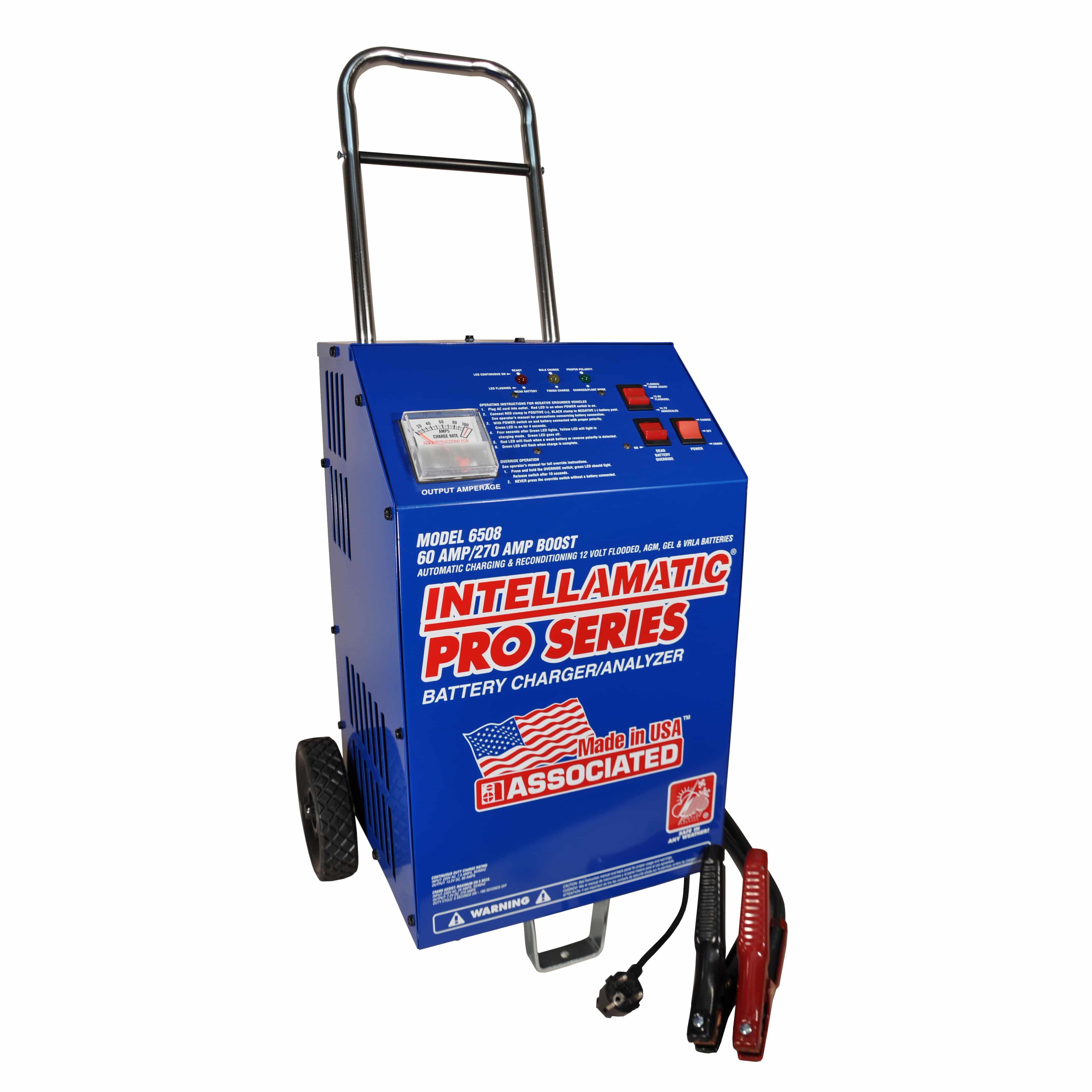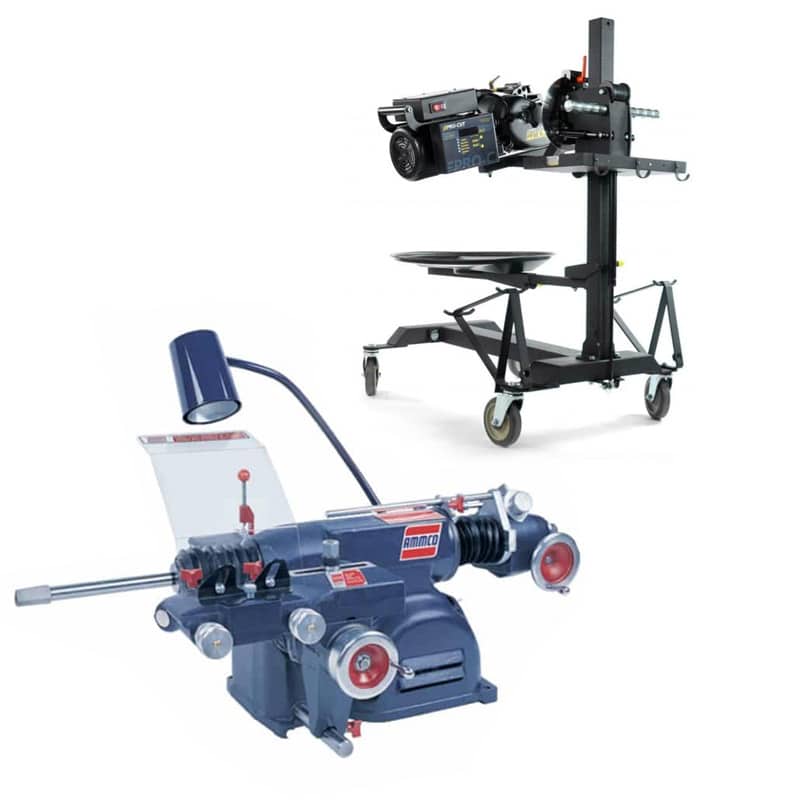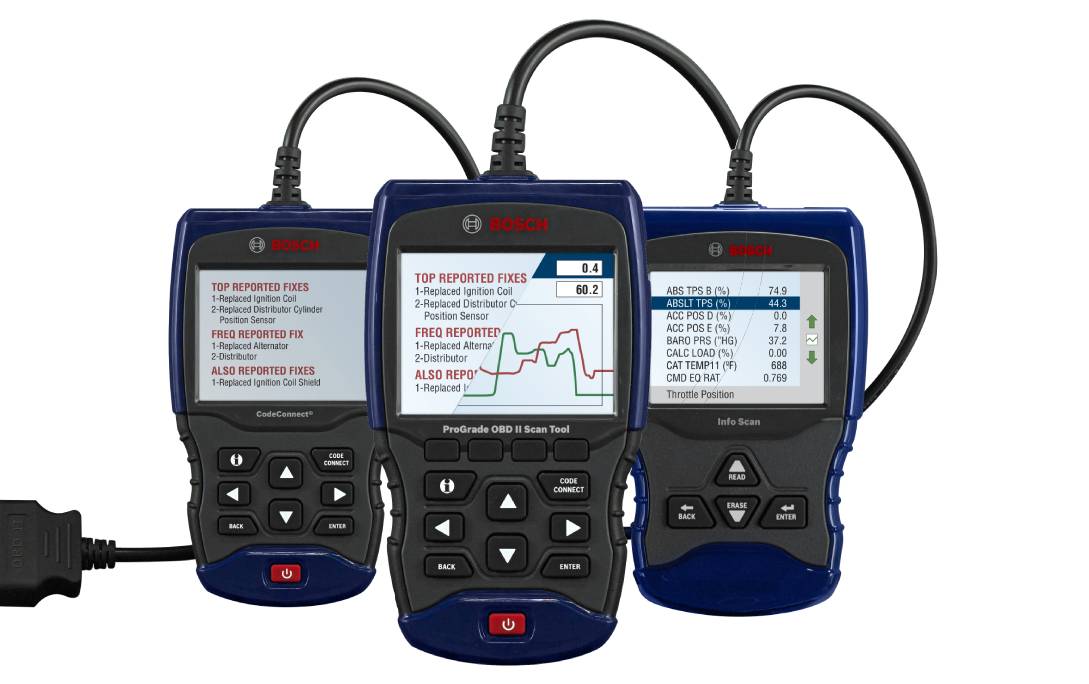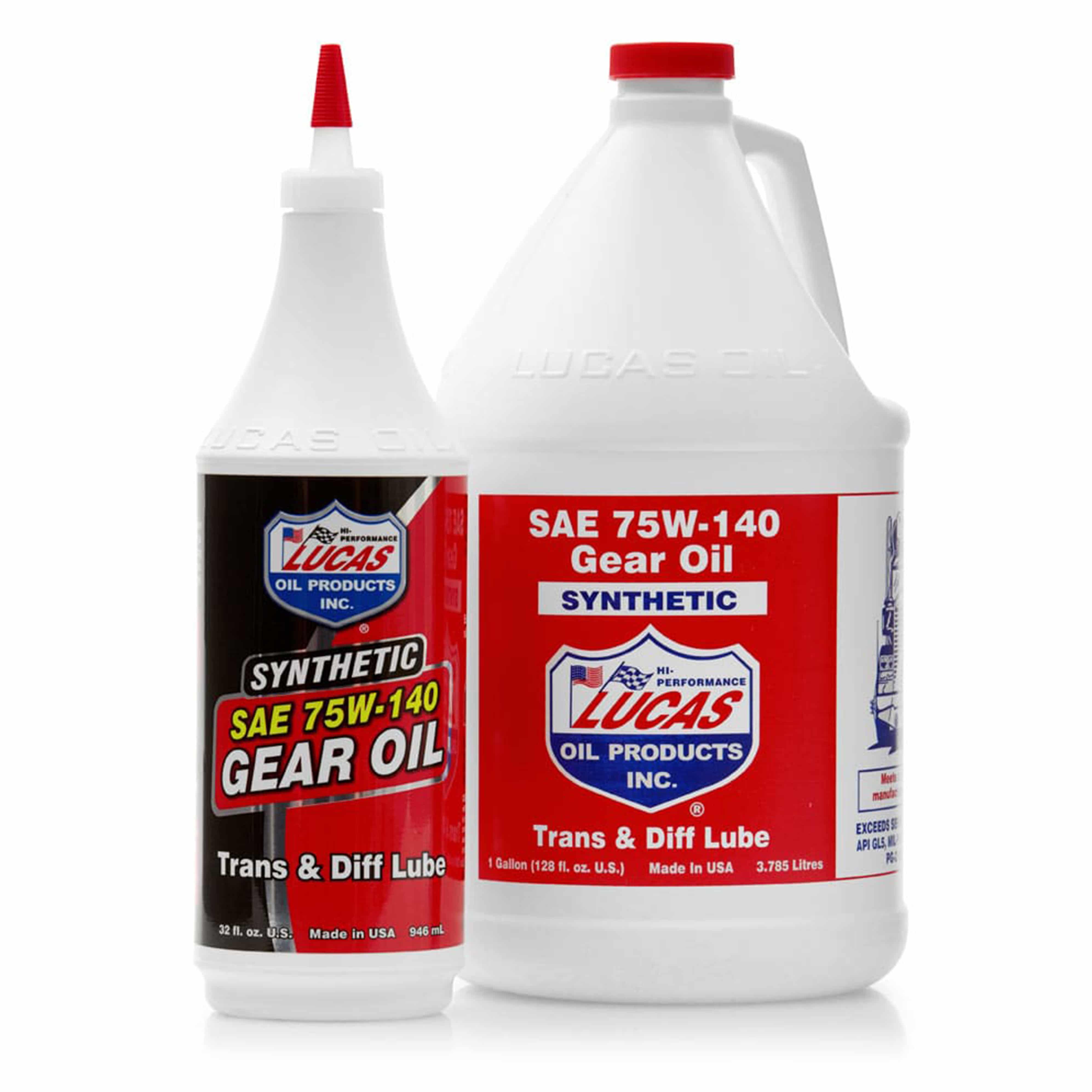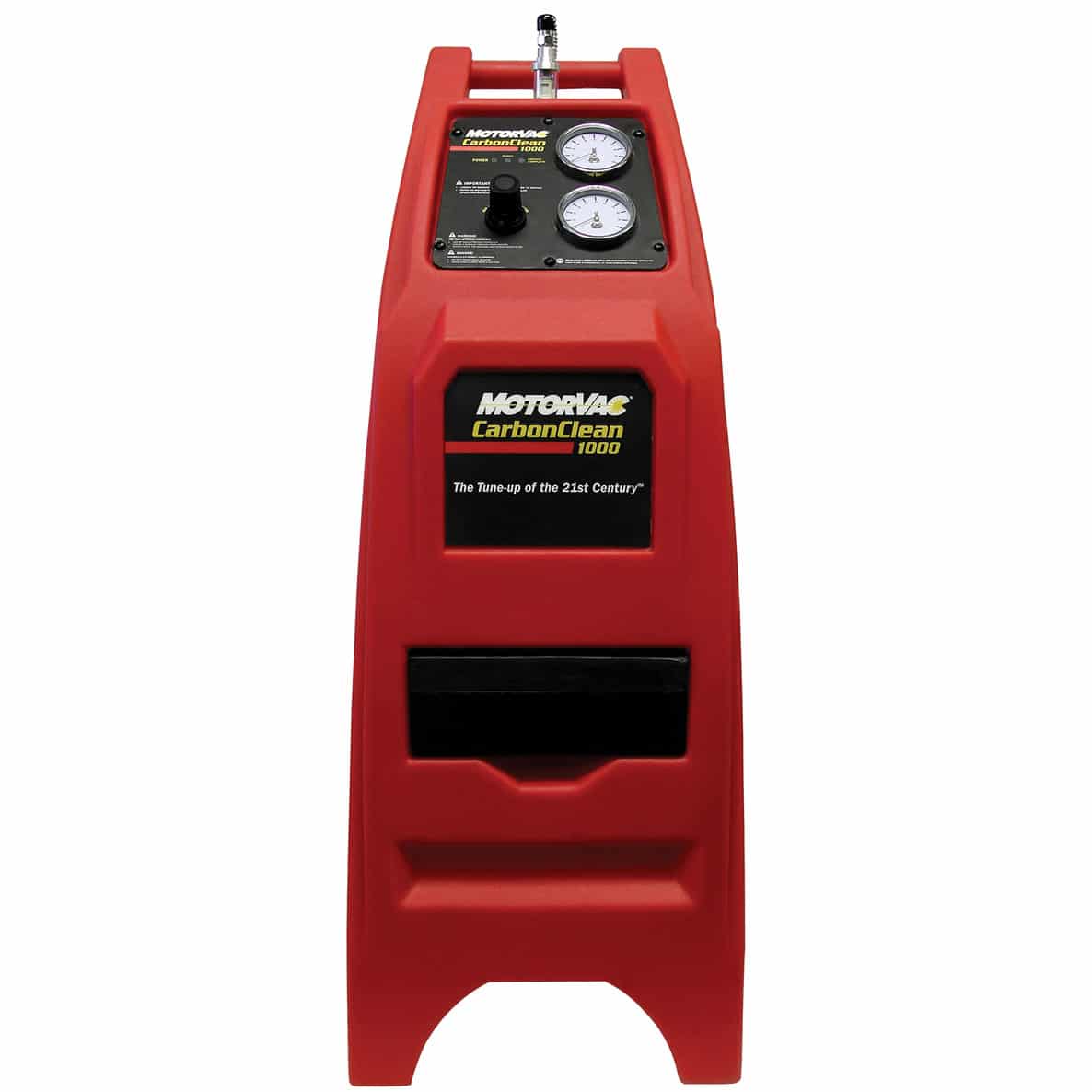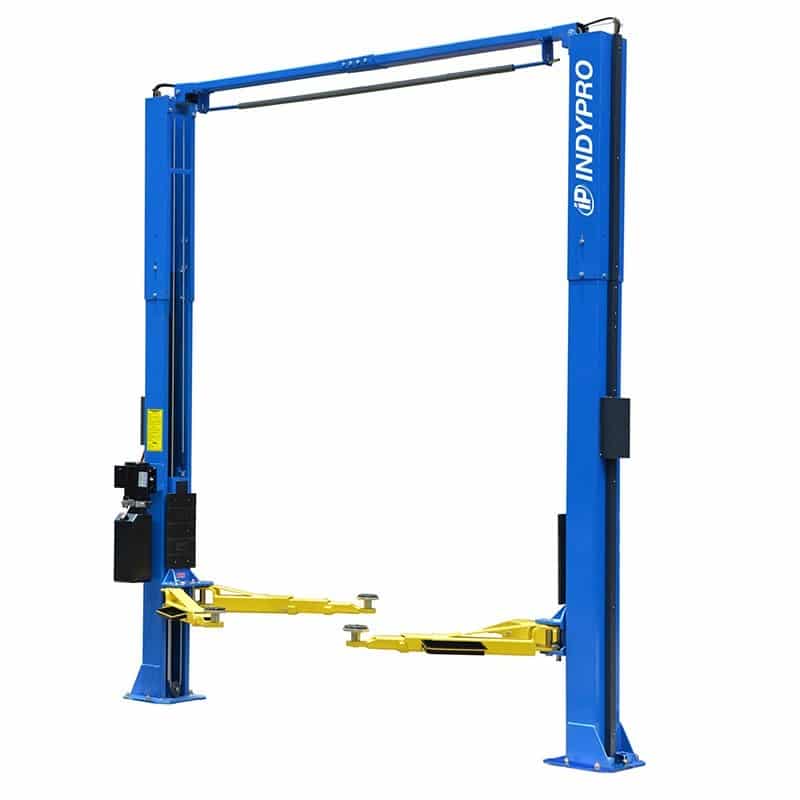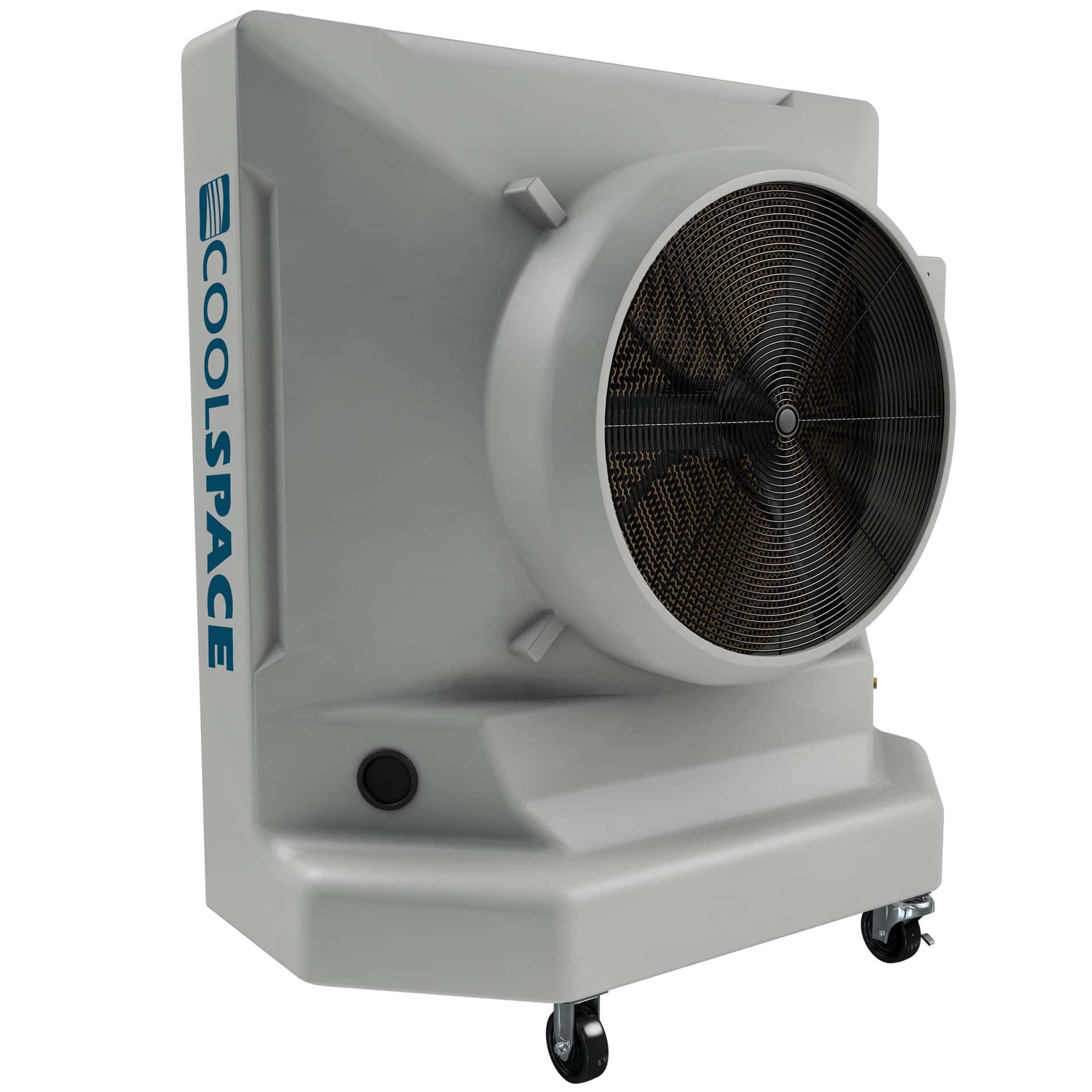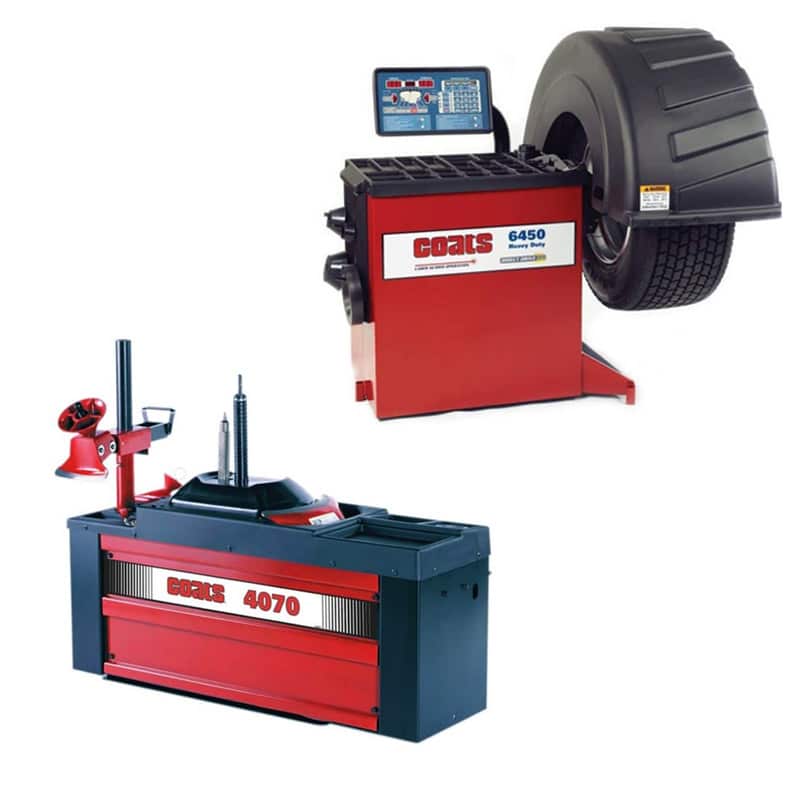by Brett Smyth, General Manager EMEA at IDEAL Industries
2020 was a year like no other. The COVID-19 crisis prompted people all over the world to work and live differently in an attempt to control infection rates and remain healthy and productive despite the virus.
Employers and employees who previously discounted the possibility of homeworking now perceive it as a viable option and there are clear advantages when it comes to the size of office companies require and the productivity gains from taking commute time out of the daily routine. However, it’s clear that human contact and face-to-face interactions with colleagues and customers are also important, so it seems likely that many will opt for a hybrid of home and office working.
The pandemic-related drivers for prompting developers in the Middle East to look more closely at the benefits that a smart building construction strategy can offer in terms of managing both buildings and people, builds on the green benefits that have already been recognised in the region.
In the past, the Middle East has topped global league tables for energy consumption, with Saudi Arabia using three times more energy per capita than the global average. But global warming and an awareness of the need for more sustainable buildings is prompting a trend towards greener building strategies. Smart technologies have an important role to play in those strategies. The UAE has greener neighbourhood projects currently in progress than any other country in the world. The benefits of sensors and data gathering embedded into building design are increasingly being recognised as key elements of a more self-sustaining built environment for the rest of the Middle East nations too, to reduce energy and water consumption while enhancing efficiency, comfort and productivity
Retrofitting Smart Systems into Existing Buildings
Data networks traditionally require field-termination of CAT5e, CAT6 of CAT6A cables using RJ45 modular plugs.
The more complex the network, the greater the number RJ45 assemblies and terminations required. Conventional installation methods for RJ45s require conductors to be trimmed to an exact length before the plug is placed onto the cable.
If the conductors are too short, circuits will remain open, if they are too long, there is a risk that the pairs could be left exposed outside of the plug body or cable jacket, which could hinder performance on the network and generally results in a 60% failure rate.
The time-consuming attention to detail required for conventional RJ45 data terminations and the pressing need to upgrade offices and residential buildings to smart technology may be another catalyst for change.
IDEAL Industries’ FT-45 Feed-Thru connectors are single-piece connectors that eliminate the need for installers to assemble a three-piece connector, even when working with CAT6 cable. This makes terminations faster, simpler and more consistent, whether using CAT5e, CAT6 or CAT6A cables.
Conductor wires do not need to be accurately trimmed to a specific length; instead, installers simply need to remove an appropriate section of jacket, remove the centre spline if there is one, untwist the pairs into the right order, feed through the connector, then terminate and shave the excess with IDEAL Industries’ purpose-designed Feed-Thru Tool. The cable can then be slid into the connector until seated. The open-ended feed through plug includes three-pin contacts with 50µ gold-plated contact areas, improving wire stability to every wire, ensuring more conductive contact points for a more resilient data network.
The unit has been designed with open ends that allow conductors to be completely fed through the connector before crimping. The cable can be pushed into the connector to ensure the twisted pairs are as close to the pin contacts as possible, and that the jacket is seated beyond the primary strain relief for a secure connection. Thanks to IDEAL Industries’ clear connector design, the installer can then visually inspect and verify the correct wiring order, ensuring greater accuracy and fewer errors during the installation process.
IDEAL Industries’ versatile FT-45 Crimp Tool is designed to be used with the IDEAL Industries FT-45 Modular Plug to further enhance the right-first-time consistency of this approach, regardless of the skill level of the installer.
With a single crimp cavity for RJ-45/8-position connectors, it is capable of crimping IDEAL industries’ Feed-Thru standard, shielded, and unshielded connectors for CAT5e, CAT6 and CAT6A cables. The installer simply squeezes the handle to the closed position to cleanly shear the excess conductor wires and leave a smooth, flat finish – crimping and cutting the cable in a single action.
Conductors are cut flush to the end face of the connector, thereby making terminations faster, and no protrusions can remain beyond the plastic face of the connector, avoiding the potential for accidental shortening of conductors or inadvertent contact in plug jacks. This installation technique improves performance because the cable is fully seated into the connector, while virtually eliminating connector waste and supporting enhanced consistency across the entire data network
A Chance to Create Lasting Change
While many office and apartment buildings in the Middle East are already equipped with a BMS and automated systems to control HVAC and lighting, we have only just begun to explore the full capabilities of smart technology; perhaps because there was no compelling business case for the level of investment involved. The pandemic has provided a boost to the Middle East’s transition to smart buildings, thanks to its benefits for public health, productivity and sustainability.
The next step is to think smarter about how that can be achieved with as much speed and consistency as possible by adopting the latest approaches to installing data networks, such as IDEAL Industries’ FT-45 Feed-Thru data termination system.
















